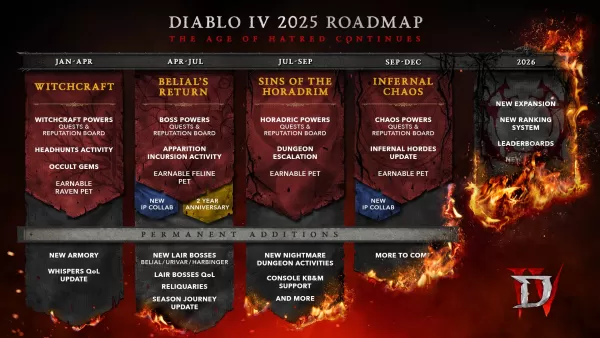The speedrunning community is buzzing with excitement and curiosity over a peculiar phenomenon: the Super Nintendo Entertainment System (SNES) appears to be running games faster as it ages. This surprising development was first brought to light by Bluesky user Alan Cecil (@tas.bot) in early February, suggesting that the nearly 50 million SNES units sold worldwide might now be performing better than when they were new.
The notion that a video game console could improve its performance over time might sound far-fetched, but Cecil's research points to a specific component that could be responsible for this anomaly. In an interview with 404 Media, Cecil explained that the SNES's audio processing unit (APU), the SPC700, has a digital signal processing (DSP) rate that is influenced by a ceramic resonator running at 24.576MHz. However, retro console enthusiasts have noted that the actual DSP rates can vary based on environmental factors like temperature, causing the console to process audio and send it to the CPU at rates different from those specified by Nintendo.
 The SNES appears to be getting faster with age. Photo by Aldara Zarraoa/Getty Images.
The SNES appears to be getting faster with age. Photo by Aldara Zarraoa/Getty Images.
Cecil's investigation took a deeper turn when he asked SNES owners to record data from their consoles. The responses, over 140 in number, revealed a clear trend of increasing DSP rates over time. While earlier measurements in 2007 showed an average DSP rate of 32,040Hz, Cecil's recent findings indicate an increase to 32,076Hz. Although temperature does affect these rates, the changes are not significant enough to account for the observed increase in DSP rates.
In a follow-up Bluesky post, Cecil shared that the average DSP rate based on 143 responses was 32,076Hz, with a rise of 8Hz from cold to warm conditions. The warm DSP rates ranged from 31,965 to 32,182Hz, a 217Hz range, suggesting that temperature plays a lesser role in the overall trend. The exact reasons behind this phenomenon and its impact on game performance remain unclear, but the data is compelling.
Cecil acknowledges that further research is necessary to understand the full extent of how much faster the SNES is processing game audio and what might be causing it. Historical data from the console's first decade is scarce, but the current evidence suggests that the SNES is aging gracefully as it approaches its 35th anniversary.
The implications of this discovery are particularly intriguing for the speedrunning community. If the SPC700 is indeed processing audio faster, it could theoretically shorten load times in certain game sections, potentially affecting speedrun records. However, the impact on game speed is not a direct result of APU speeds, and even under the most extreme conditions, the difference might only be less than a second. The effect on longer speedruns and how each game might benefit from these changes are still under investigation.
As Cecil continues to explore the inner workings of the SNES, the console seems to be thriving in its 30s. For those interested in the legacy of the SNES, you can find its ranking on the list of best-selling consoles of all time.


 LATEST ARTICLES
LATEST ARTICLES 












